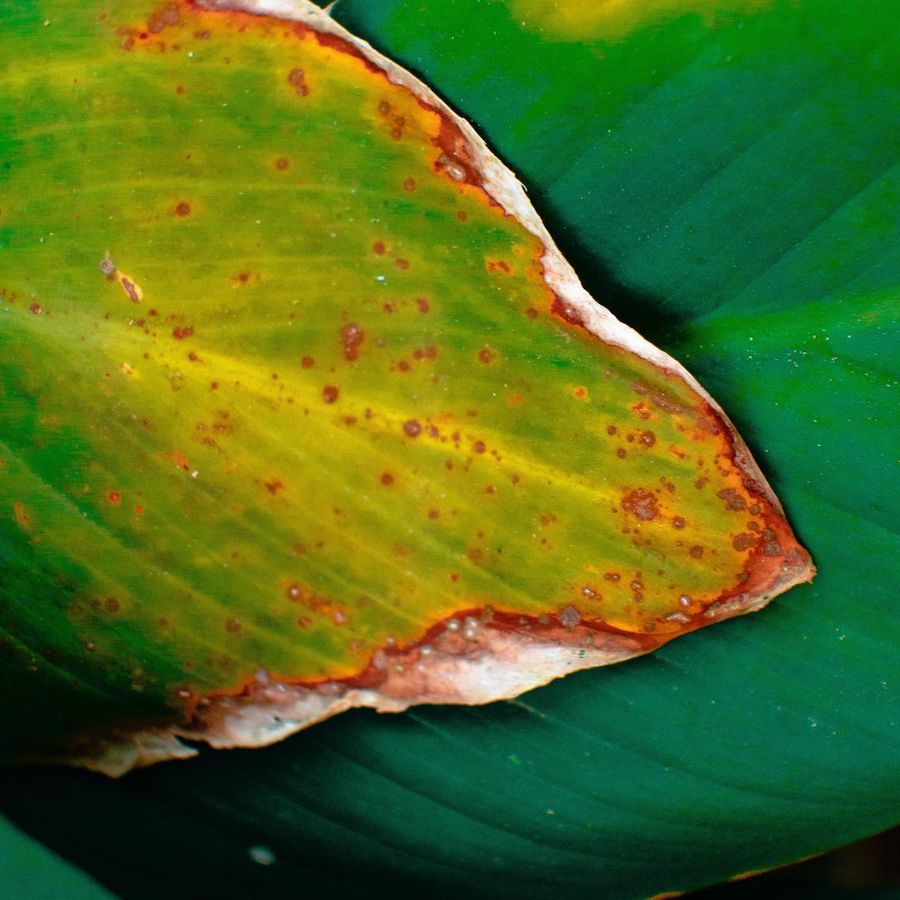What is Killing my Plant?
Plant Disease Identification
It’s true, anything that is alive can get sick with either bacterial, fungal, or viral infections. Sick plant identification is vital to the survival of your plant. Help your plant through these steps: identify that something is wrong, determine the plan of care, carry out care, and wait for recovery.
Plant Health
After nurturing your plants for weeks or months, it can be crushing to see them suffer from disease. While some diseases are devastating to the plant, there are some actions you can take to protect future growth. Here are some of the more common plant diseases, their symptoms, and treatments.
Bacterial Diseases
Bacterial Spot
Seen in warm, wet environments, this plant disease presents as small, dark, raised spots on leaves. This disease is caused by a colonization of bacteria. To treat, remove the affected leaves and old debris that can encourage bacterial growth. Apply a combination fungicide/bactericide on all plants in the area.
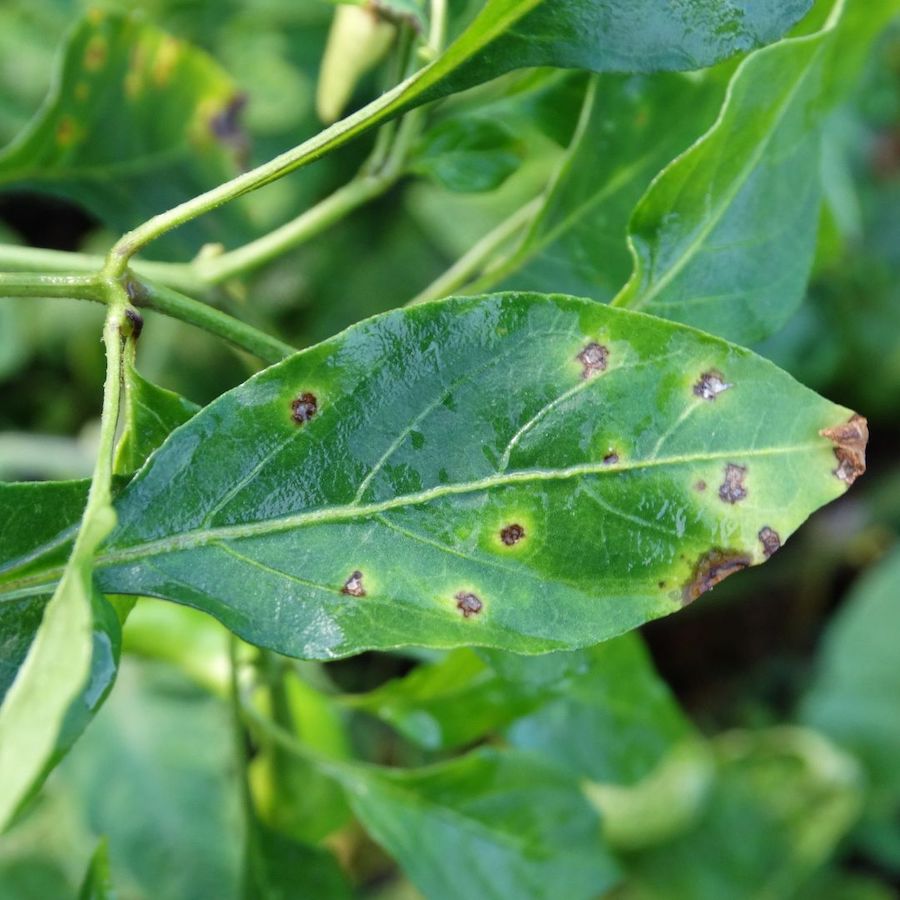
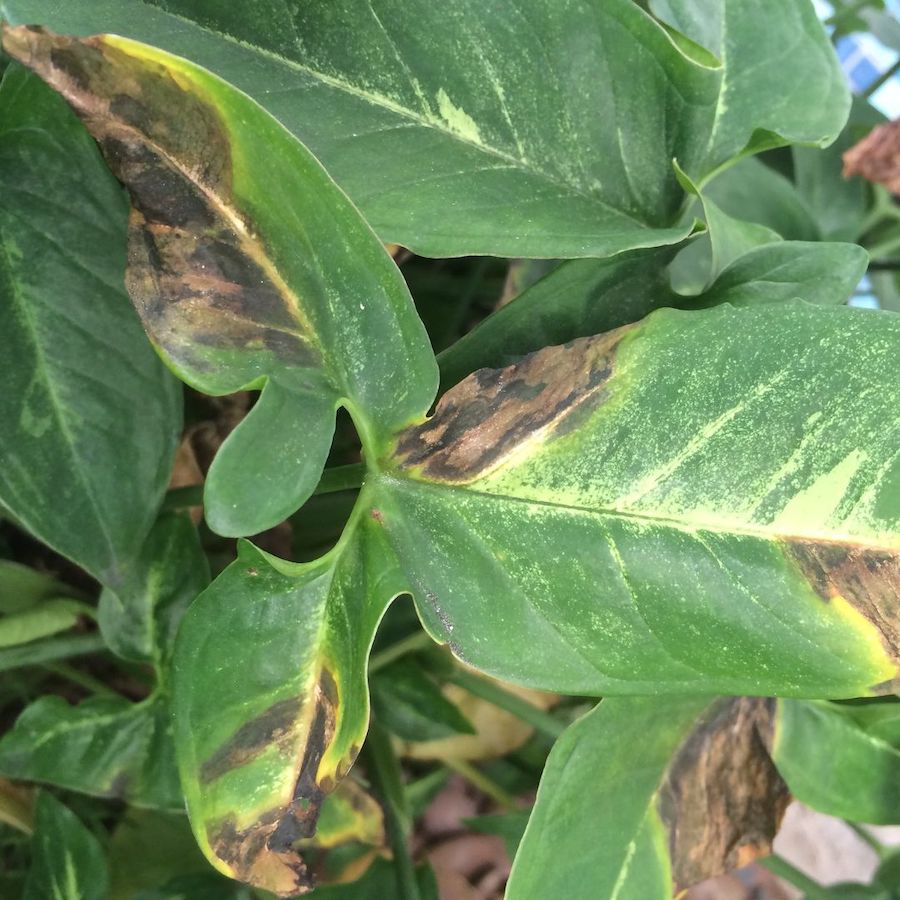
Bacterial Blight
This disease occurs in cool, wet weather and manifests as yellow or brown spots on leaves. As with bacterial spot, remove the infected plants, clean out debris, and treat the entire area with a fungicide/bactericide.
Bacterial Wilt
Caused by contaminated soil or weeds, this disease wilts plant leaves. Unfortunately, all infected plants must be removed and discarded. Apply a copper-based bactericide or fungicide to the entire area, and once again early in the next growing season.
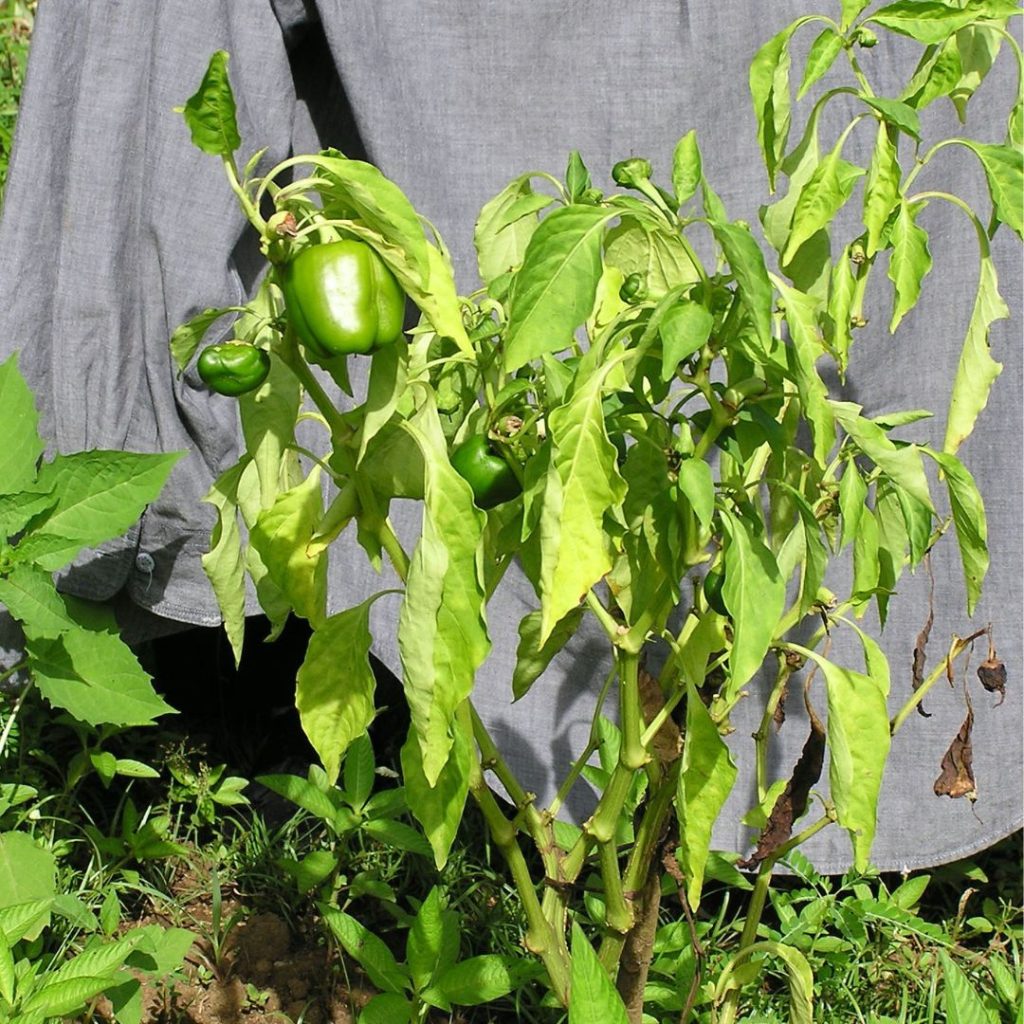
DIY Bactericide
While plants are dormant, you can apply a Bordeaux mixture to the area. This is a mix of copper fungicide, dry hydrated lime, and water. All of these ingredients can be found in a garden supply store, and are mixed in a 10-10-100 solution.
Fungal Diseases
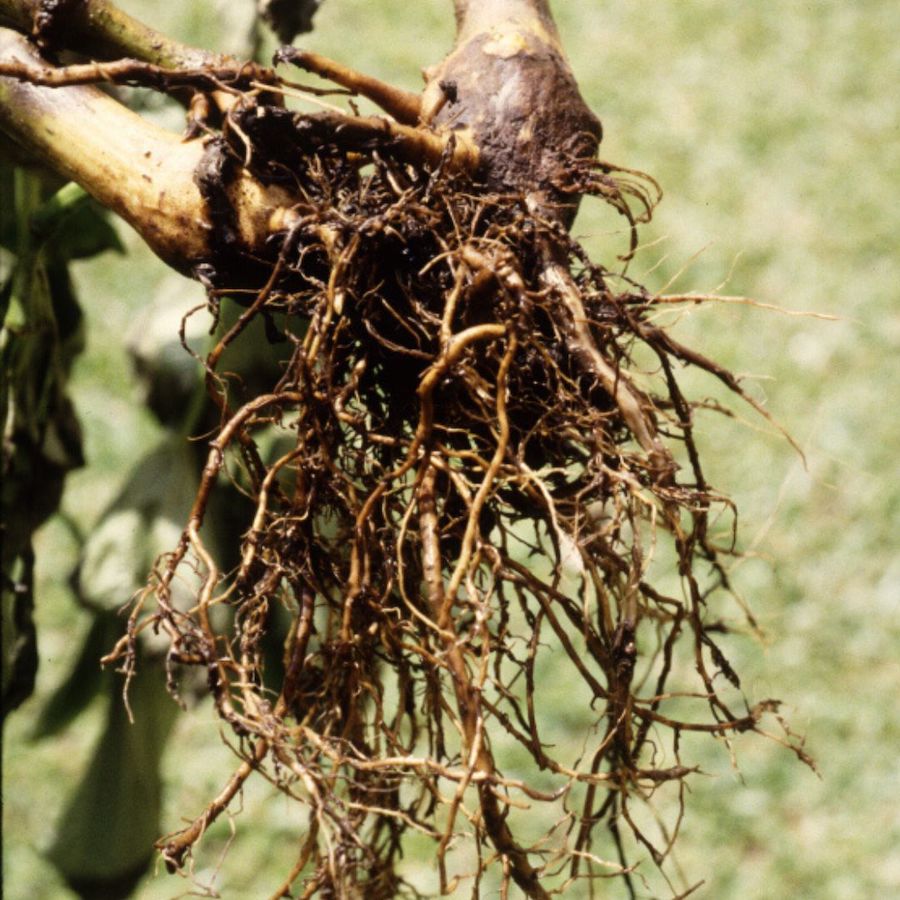
Black Root Rot
Because of how this disease presents, it is easy to confuse black root rot with other diseases. Yellowing leaves and stunted plant growth are usually the first symptoms, and the black lesions on affected roots are hidden under the soil. Unfortunately, once the roots are compromised, the damage has been done. It is best to remove the affected plants and start over, pretreating the area with fungicide.
Downy Mildew
This is a fungal overgrowth, presenting as white mildew patches on the undersides of leaves. Encouraged by excessive moisture, it is best to remove all infected plants and debris, then create spacing between plants to promote air circulation.
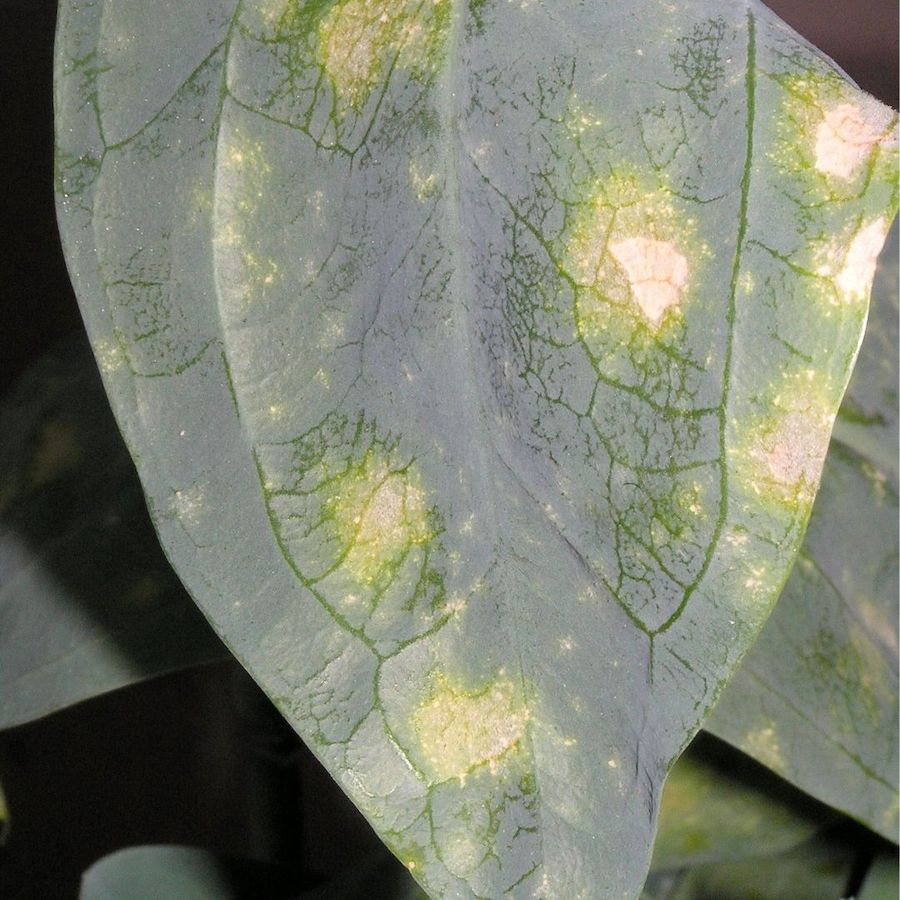
Credit Scot Nelson
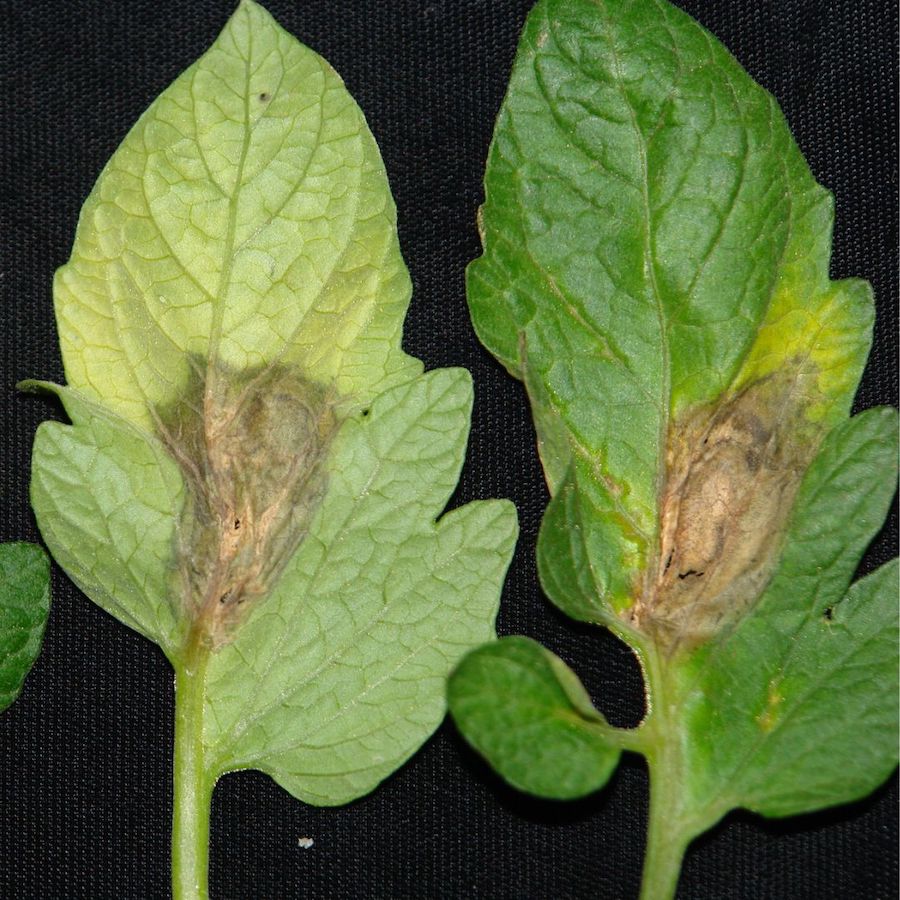
Gray Mold
Feeding on wounded or dying plant tissue, this fungal disease creates rings of light or dark brown rings around the wounded area. This is usually easy to treat by simply removing the infected part of the plant and applying a fungicide.
DIY Fungicide
Mix 1 heaping tablespoon of baking soda or potassium bicarbonate with 1 gallon of water and apply to the affected plants along with their neighbors.
Viruses
Tobacco Mosaic Virus
Not exclusive to the tobacco plant, this virus is found in all nightshades. Infection can be easily recognized by a mottling on the plant leaves. Other signs are stunted or distorted growth. To control the spread of this disease, remove all affected plants and discard in such a way that will contain the virus. Remove all debris from the area. No soil treatment is required, but make sure not to replant nightshades in the area.
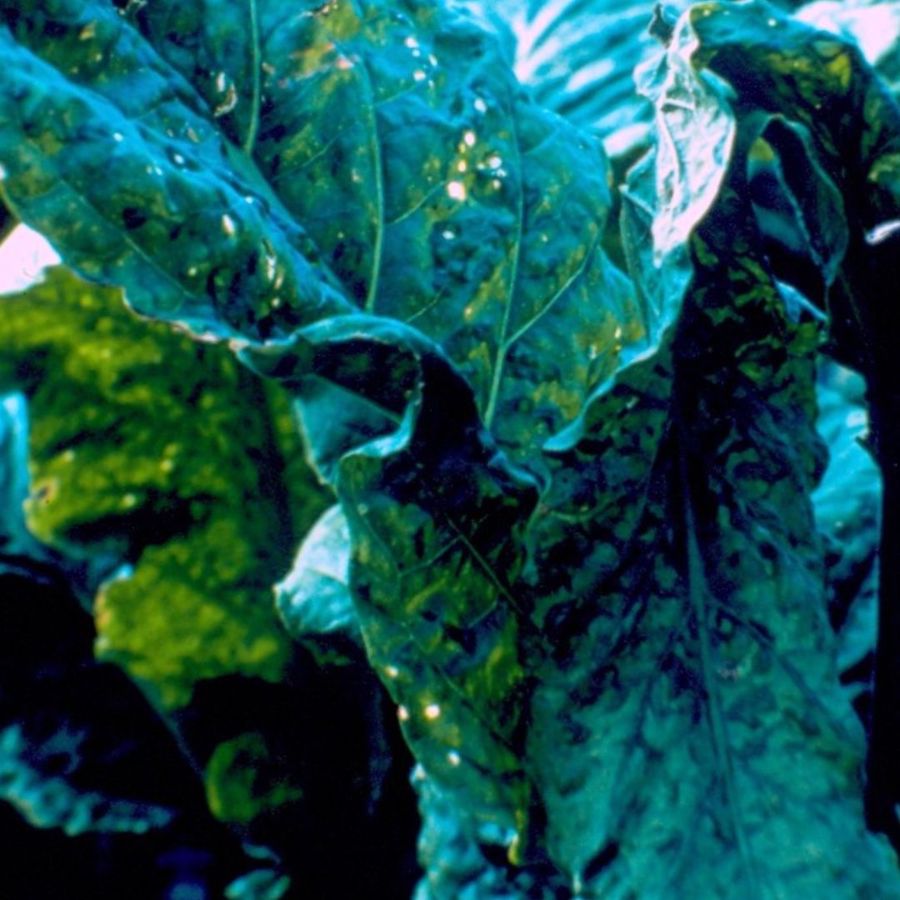
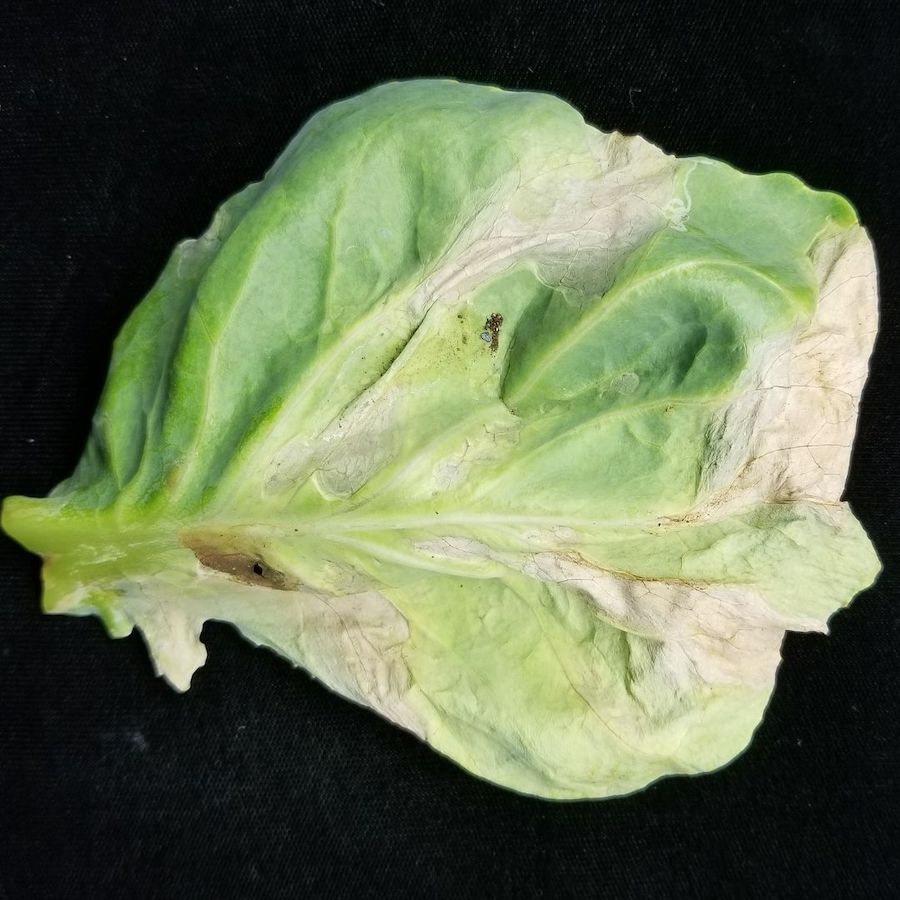
Cauliflower Mosaic Virus
This virus infects members of the brassica family, to include broccoli, cabbage, brussels sprouts, and cauliflower. Mechanical transmission and aphids spread the virus, with causes the characteristic mottling on the leaves of the plant. As with tobacco mosaic virus, removal of infected plants is necessary along with careful disposal.
Tomato Spotted Wilt Virus
Also affecting watermelon, pepper, impatiens, and ornamentals, this virus presents as yellow or brown leaves on plant leaves. Growth in infected plants may be stunted or unbalanced. Careful removal of infected plants may save healthy neighbors, and it is important to clean well.
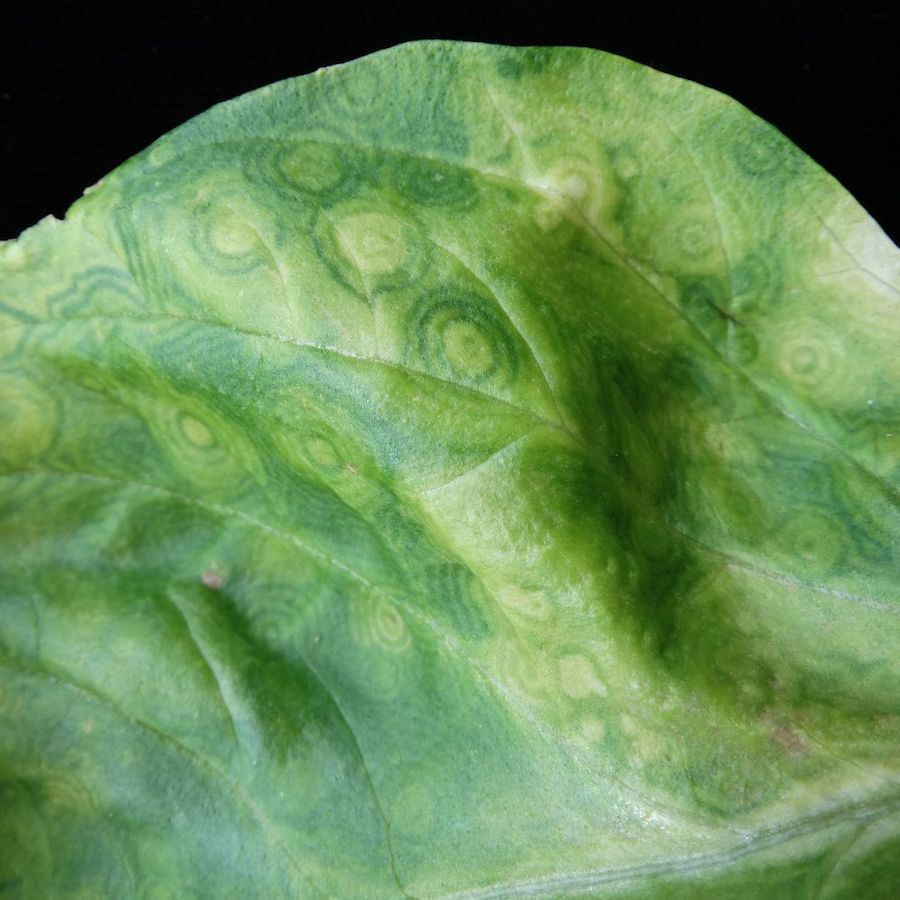
Tip
When dealing with plant viruses, crop rotation is key. If you had to deal with cauliflower mosaic virus, don’t plant anything in the same family in the same area. For areas infected with tomato spotted wilt virus, keep all members of the mustard family out of the area. When in doubt, do thorough research on the virus to determine which plants would be affected.

